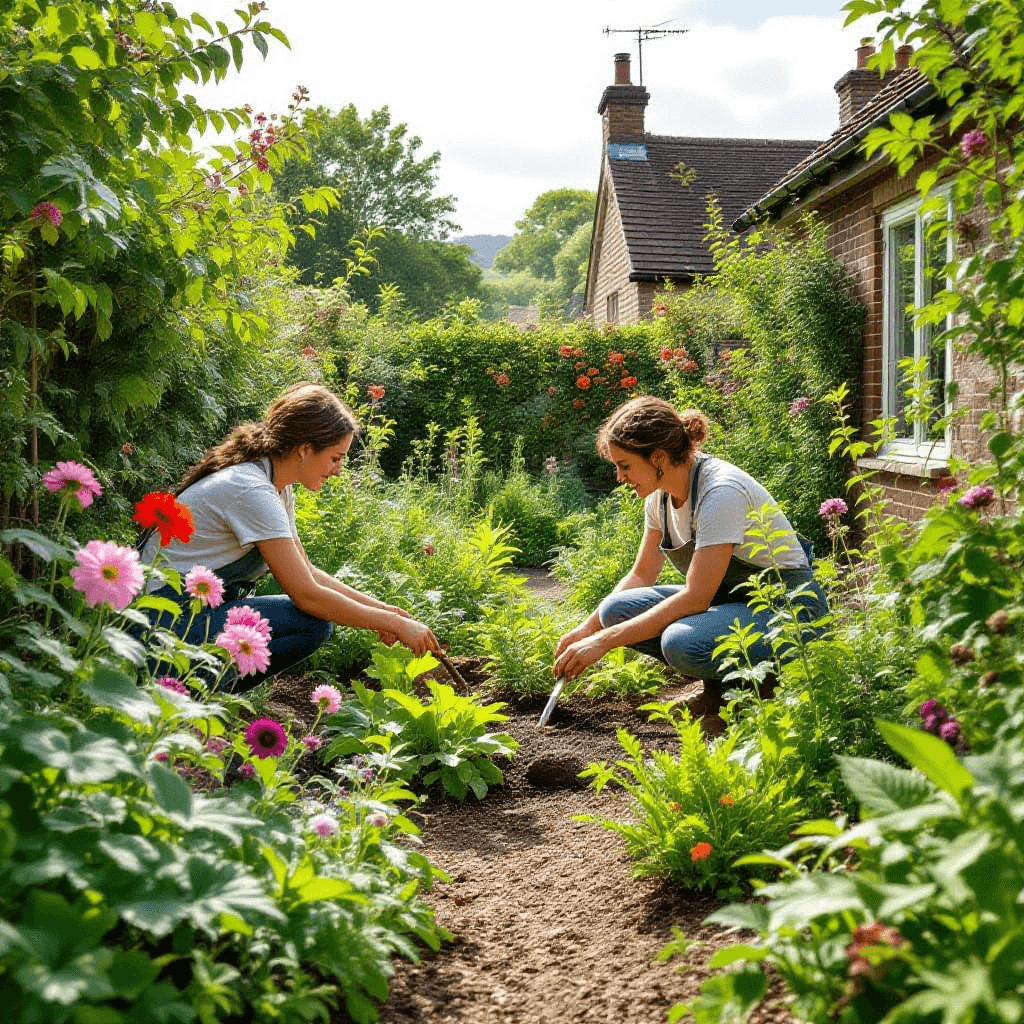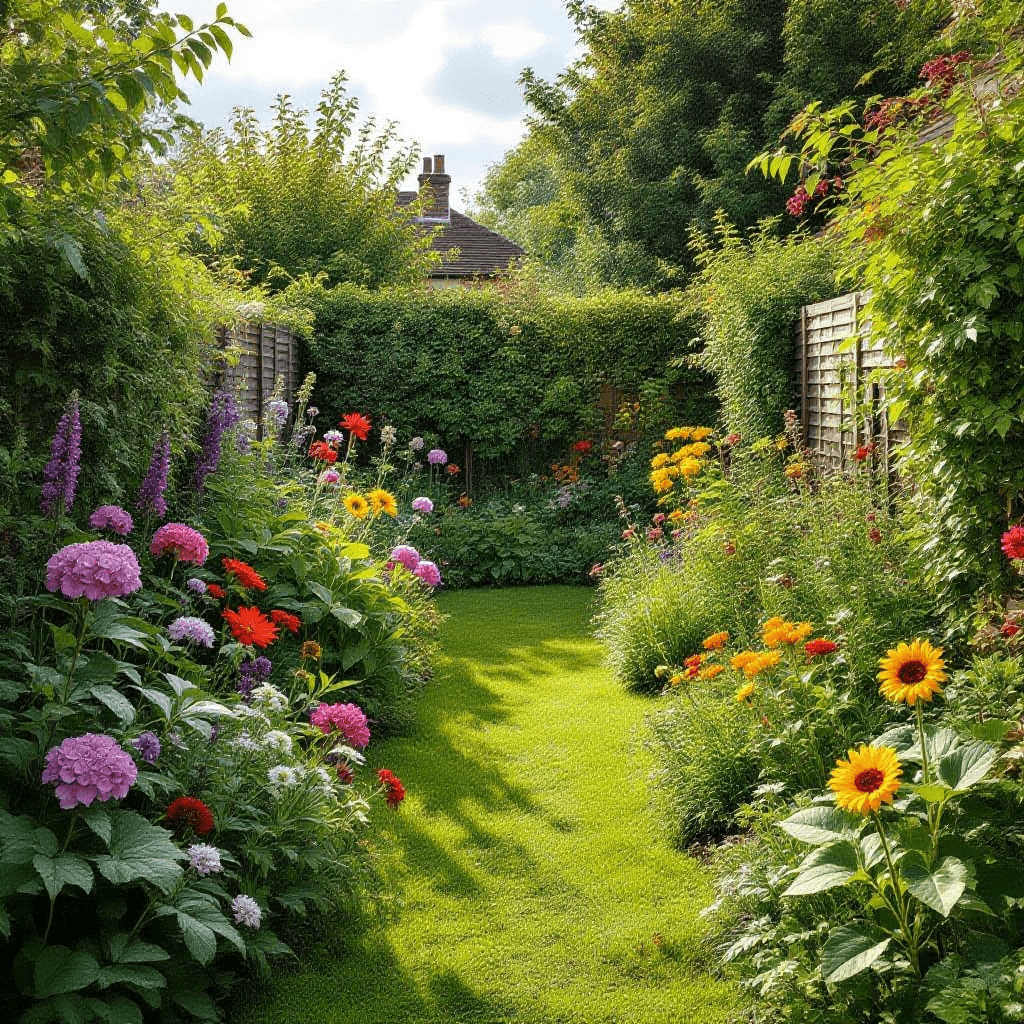Understanding the Impact of Plastic in Gardening
The use of plastic in gardening has become ubiquitous, manifesting in various forms such as plastic planters, tools, and garden-related items. However, the prevalence of these synthetic materials is accompanied by significant negative effects on the environment. First and foremost, plastic is non-biodegradable, meaning it does not break down naturally, thus leading to accumulation in landfills and oceans. As a result, plastic waste can persist for hundreds of years, posing a long-term ecological threat.
This accumulation has dire consequences not only for our beautiful landscapes but also for the wildlife that inhabits these areas. Animals can ingest plastic particles, mistaking them for food, leading to fatal health issues. Entanglement in plastic debris can also cause injury or death to various species, disrupting local ecosystems and biodiversity. Consequently, the impact of plastic in gardening extends beyond the garden itself, affecting entire wildlife communities and ecosystems.
Sustainable Alternatives to Plastic Planters
As the demand for eco-friendly gardening practices continues to rise, many gardeners are seeking sustainable alternatives to traditional plastic planters. With growing awareness around the environmental impact of plastic waste, biodegradable pots have emerged as an attractive option. These pots are manufactured from natural materials, such as bamboo, coconut coir, or corn starch, providing a sustainable choice that aligns with eco-conscious gardening principles.
Bamboo pots, for instance, are lightweight yet strong. They decompose over time, enriching the soil rather than contributing to landfill waste. Another option, coconut coir pots, are made from the fibrous husks of coconuts. These pots not only allow for excellent water retention but also promote healthy root development. However, their production process requires substantial water and energy, which can be seen as a disadvantage.
Corn starch pots have gained popularity as well due to their ability to biodegrade within just a few months under the right conditions. They offer a suitable environment for plants; however, they tend to be less durable than their plastic counterparts, which may affect their longevity in the garden. When choosing these biodegradable options, it is essential to consider the specific needs of your plants and the environmental conditions they will face.
In addition to purchasing biodegradable pots, gardeners can creatively upcycle household items into planters. For example, tin cans can be transformed into trendy containers with a simple coat of paint, while glass jars can serve as stylish terrariums. This not only reduces plastic use but also provides an opportunity to express personal style in your gardening practice. By exploring these sustainable alternatives, gardeners can contribute to a healthier planet while enjoying the beauty of their green spaces.
Eco-Friendly Gardening Tools and Accessories
In the quest for eco-friendly gardening, selecting sustainable tools and accessories is essential for reducing plastic waste. Traditional gardening tools often incorporate plastic materials, but there are alternatives made from more sustainable sources such as wood, metal, and natural fibers. These materials not only serve the purpose of gardening effectively but also align with eco-conscious practices.
When looking for gardening tools, consider items made from sustainably sourced wood, which ensures that forests are managed responsibly. Wooden spades, rakes, and hoes are robust and can be crafted from materials like bamboo, known for its rapid growth and renewability. Additionally, metal tools made from stainless steel or aluminum are durable and recyclable, ensuring that they do not end up in landfills after their lifecycle ends.
Natural fiber accessories, such as kneeling pads made from recycled cotton or jute, serve as excellent alternatives to plastic. These materials are biodegradable and are often more comfortable to use, enhancing the gardening experience. Furthermore, opting for tools that are free from plastic components ensures that your garden remains a haven for wildlife and that the surrounding environment is protected from the harmful effects of microplastics.
To identify eco-friendly tools, look for brands that prioritize sustainability through certifications like the Forest Stewardship Council (FSC) mark, which indicates responsible forest management practices. Many companies are now focusing on eco-design, producing tools that are not only effective but are also developed with minimal environmental impact in mind.
Additionally, maintaining your gardening tools is vital to extending their lifespan. Regular cleaning and oiling of metal tools, storing wooden tools in a dry place, and avoiding excessive exposure to moisture can help prevent wear and tear. By investing care in your eco-friendly tools and choosing durable materials, you significantly reduce the need for replacements, thereby contributing positively to the environment.
Practical Tips for Reducing Plastic Use in Your Garden
Reducing plastic use in your garden is not only beneficial for the environment but also promotes a more sustainable gardening practice. By making informed purchasing decisions, gardeners can significantly decrease plastic waste. Opt for products that utilize natural materials or are biodegradable. For instance, instead of plastic pots for plant propagation, consider using biodegradable options made from materials like coconut coir or recycled paper. These alternatives not only reduce plastic dependency but also contribute positively to the soil as they decompose.
Another impactful strategy is to embrace second-hand gardening supplies. Thrift stores, garage sales, and local community buy-and-sell groups often have various gardening tools and containers available. Purchasing these pre-owned items not only saves money but also helps keep plastic goods out of landfills. While shopping second-hand, look for metal, glass, or ceramic containers, which can be more durable and environmentally friendly than their plastic counterparts.
Incorporating permaculture principles into garden design is another effective way to minimize plastic use. This approach emphasizes creating a self-sustaining ecosystem by utilizing natural resources efficiently. For example, instead of using plastic mulch, employ organic mulching materials like straw or wood chips. These not only conserve moisture but also enrich the soil as they break down.
Community gardening initiatives offer ample opportunities for gardeners to share resources and knowledge. Participating in such groups can help gardeners reduce waste and access shared tools rather than each investing in individual equipment. This collaborative spirit promotes eco-friendly practices, fosters a sense of community, and supports the idea of sustainability.
In conclusion, reducing plastic use in your gardening practices can be achieved through mindful purchasing, opting for second-hand supplies, and embracing sustainable gardening techniques. By implementing these strategies, gardeners can cultivate a healthier environment while enjoying the numerous benefits of eco-friendly gardening. Join the movement towards sustainability and commit to reducing plastic in your gardening routine.


